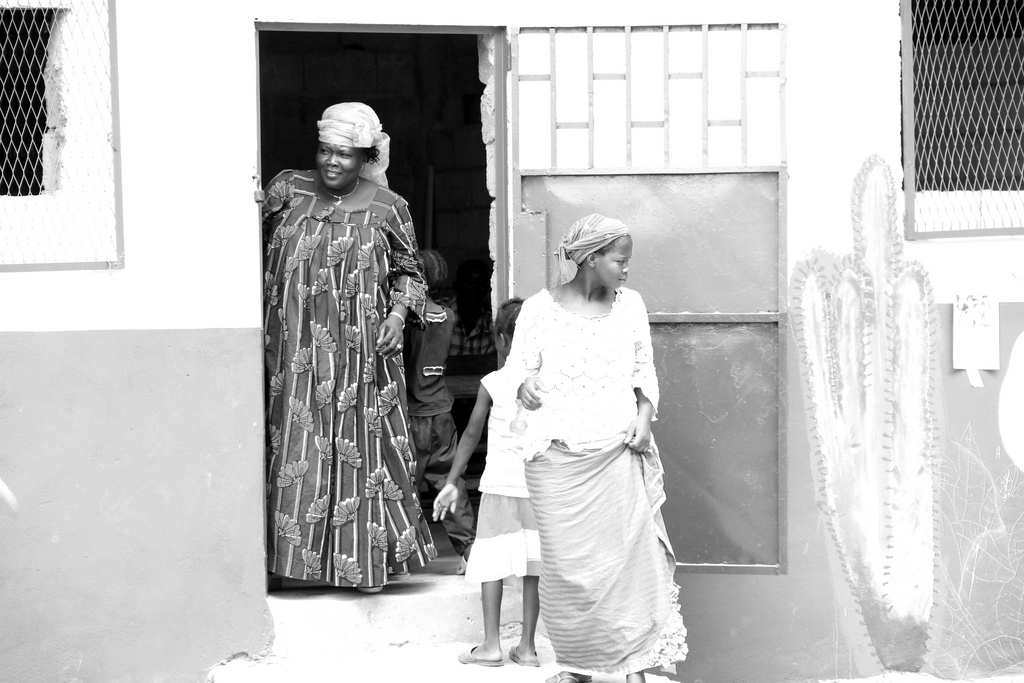Remember the good life during the 1970s? If you do, your experience is not likely to have been a typical one. In fact, the economic liberalization and globalization that started in the late 1970s and accelerated in the 1980s, has led to a massive and historically unprecedented decline in global poverty. Contrary to much of the public perception, liberalization and globalization have not led to an increase in U.S. poverty rates, which continue to fluctuate within a comparatively narrow and, by historical standards, low, band.
Let us look at the global picture first. In 1981, the year Ronald Reagan became America’s 40th President, 44.3 percent of the world lived in extreme poverty (i.e., less than $1.90 per person per day). Last year, it was 9.6 percent. That’s a decline of 78 percent. In East Asia, a region of the world that includes China, 80.6 percent of people lived in extreme poverty. Today, 4.1 percent do—a 95 percent reduction. Even in sub-Saharan Africa, a relatively under-performing region, the share of the population living on less than $1.9 per day dropped by 38 percent.
Have those advances come at the expense of the American worker? They have certainly led to economic dislocation, but America’s poverty rate has remained relatively steady. When talking about U.S. poverty rates, it is important to keep in mind that extreme poverty in America is vanishingly rare. Instead, our poverty rate is determined by the U.S. Census Bureau “by comparing pre-tax cash income against a threshold that is set at three times the cost of a minimum food diet in 1963, updated annually for inflation using the Consumer Price Index. It’s also adjusted for family size, composition, and age of householder.”
According to both the Nobel Prize-winning economist Angus Deaton and Cato’s Michael Tanner (who relied on U.S. Census Bureau data), the American poverty rate has moved between 15.2 and 11.3 percent over the last four decades. On three occasions (1983, 1993 and 2010) it reached over 15 percent of the population. Those were post-recession peaks that disappeared as soon as the economy recovered.
In fact, America experienced her lowest poverty rate since 1974 in 2000, when openness of the American economy, as measured by the Fraser Institute’s Economic Freedom of the World index, was at its highest. Since then, America’s economy has become less free. Could that be the reason why the American recovery from the Great Recession was so sluggish and why America’s poverty rate has not retreated as fast as it did on previous occasions?
This article first appeared in Reason.

